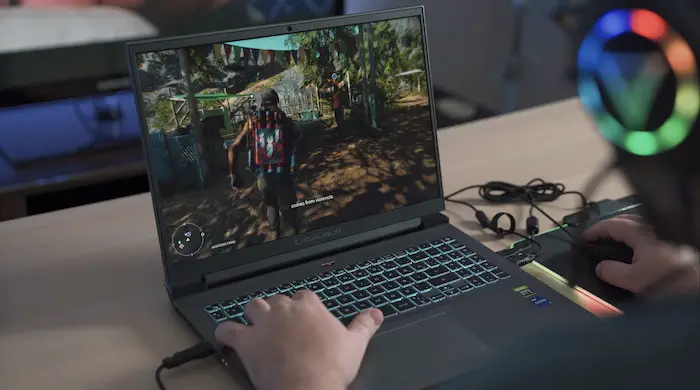
From the time video games were invented, Hollywood has sought to adapt them to film. If you’re a film connoisseur, you’re probably familiar with the 1982 film Tron, which many consider to be the first successful adaptation of a video game to the big screen. The groundbreaking film used CGI to bring the video game to life. Many adaptations have followed in Tron’s footsteps, with some finding success and others going down in history as major flops. While video games do give script writers and filmmakers a lot of material to work with, they also present unique challenges that often result in movies that aren’t well received by audiences. In this article, we look at some of the challenges the movie industry faces when adapting video games to film.
Understanding the Source Material
While interactive TV series like Netflix’s Black Mirror: Bandersnatch have incorporated interactive storytelling into their plot in a manner similar to video games, most movies remain passive viewing experiences. When adapting video games to film, writers and directors must deal with this challenge. Whether we’re talking about an epic video game like The Witcher series or a casual casino game, capturing their interactive nature can be a challenge. For example, casino games like Rise of Olympus Slot require players to interact with the game as they spin the reels in an attempt to line up three or more matching symbols. The slot featuring Greek Gods Hades, Zeus, and Poseidon takes players on a mythological journey. Admittedly, a game like this would be easier to adapt to the big screen than Assassin’s Creed, which underwent several revisions as filmmakers worked to compress its complex narrative and historical context into a two-hour movie.
Balancing Fidelity and Accessibility

When filmmakers adapt a video game to the silver screen, they have to stay true to its original story. That’s because millions of fans have already played the game, and if they stray too far from what the game is really about, the fans might leave the movie theater unsatisfied. A good example of this happening is the Sonic the Hedgehog movie. When the movie’s trailer was first released, the film studio endured a great deal of criticism from gamers who didn’t like Sonic’s appearance. The Director and production team decided to delay the film’s release to make changes and ended up creating a character that was more faithful to the original game. In the end, the film ended up being a success.
While filmmakers want to ensure gamers are happy with what they produce when they adapt a video game to the big screen, they also have to think about what lay audiences will think of their work. When filmmakers were working on the adaptation of Warcraft, they ran into the dilemma of how to simplify the game’s complex lore for non-gamers. Ultimately, they had to condense the game’s extensive backstory and characters to create a movie that would appeal to a broad audience, including those who weren’t familiar with the game.

Technical and Creative Challenges
Today’s video games are visual masterpieces that feature cinematography on par with some of the best movies, and that presents another challenge for filmmakers attempting to adapt a game to the big screen. When filmmakers tackled the Monster Hunter adaptation, they had to overcome many CGI hurdles to bring the game’s fantastical creatures and environments to life. Gamers wanted a movie that was true to their experience playing the titles and expected the movie studio to produce a game that matched the visual effects and immersive experience of playing the game. When the film came out, it received less than glowing reviews, with most saying the movie left a lot to be desired.
